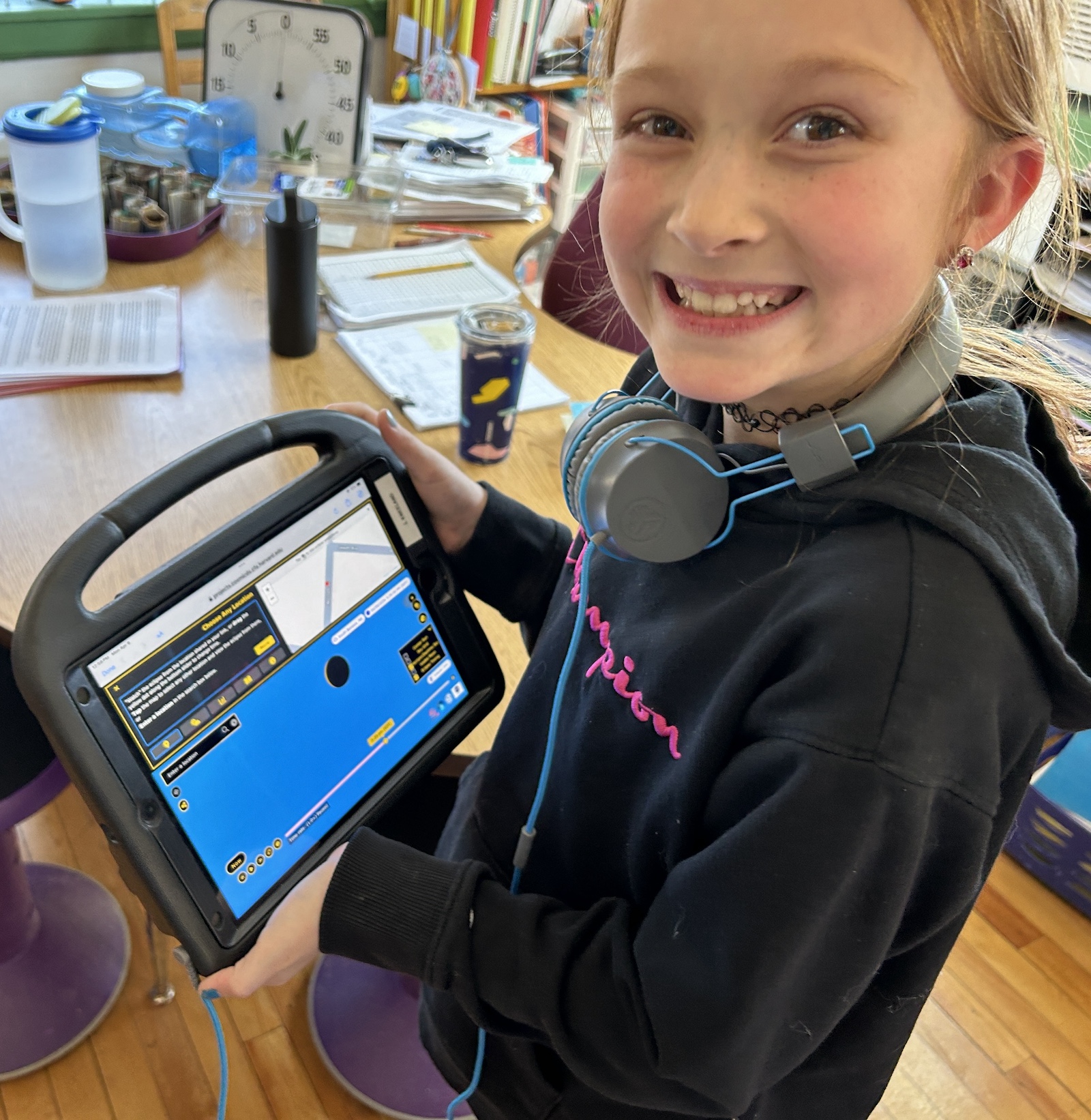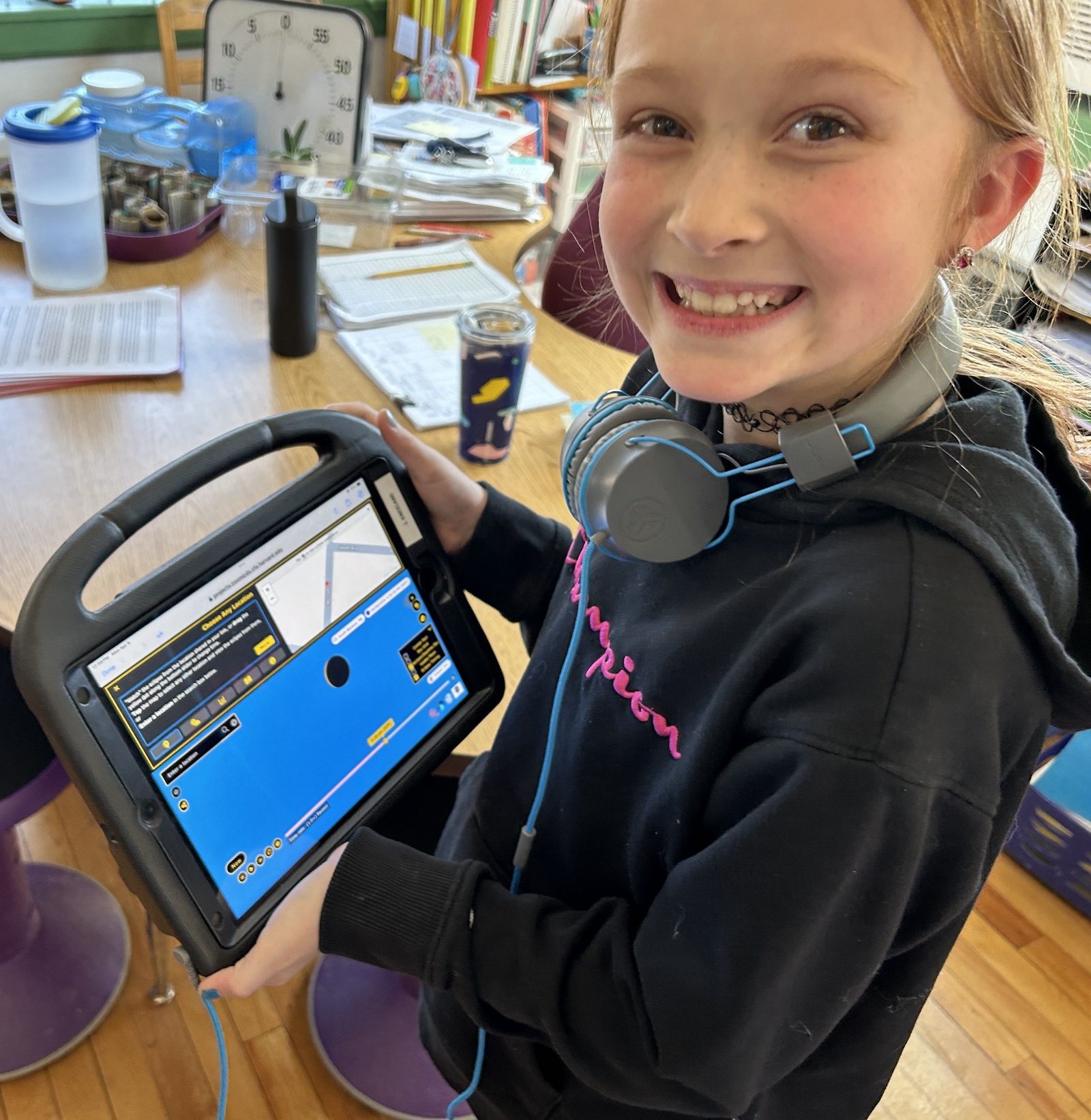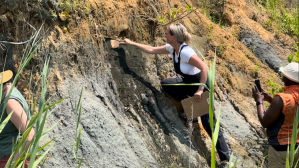Learn Home Solar Eclipse Data Story Helps… For Educators Overview Learning Resources Science Activation Teams SME Map Opportunities More Science Stories Science Activation Highlights Citizen Science 2 min read
Solar Eclipse Data Story Helps the Public Visualize the April 2024 Total Eclipse The NASA Science Activation program’s Cosmic Data Stories team, led by Harvard University in Cambridge, MA, released a new Data Story for the April 8, 2024 Total Solar Eclipse. A Data Story is an interactive, digital showcase of new science imagery, including ideas for exploration and scientific highlights shared in a brief video and narrative text. In this Data Story, learners everywhere were able to view what the eclipse would look like from any location, including the ability to speed up or slow down time to watch what would happen as the Moon moved in front of the Sun. Users were also able to catch the ethereal glow of the Sun’s corona during totality and learn why we do not usually see the corona. They could also see what percentage of the Sun would be eclipsed at various locations. An educator guide and exploration guide make this Data Story an easy activity to fit in to any classroom. It is being used by students from late elementary through early college, and as of mid-April 2024, 23,000 learners from all 50 US states and outside the USA have accessed the Total Eclipse Data Story.
Explore the Total Eclipse Data Story
The Cosmic Data Stories project is supported by NASA under cooperative agreement award number 80NSSC21M0002 and is part of NASA’s Science Activation Portfolio. Learn more about how Science Activation connects NASA science experts, real content, and experiences with community leaders to do science in ways that activate minds and promote deeper understanding of our world and beyond: https://science.nasa.gov/learn
 A third-grade student in Maine explores what the April 8, 2024 Solar Eclipse will look like from her town.
A third-grade student in Maine explores what the April 8, 2024 Solar Eclipse will look like from her town.
Details Last Updated Aug 14, 2024 Editor NASA Science Editorial Team Related Terms 2024 Solar Eclipse For Educators Heliophysics Science Activation
Keep Exploring Discover More Topics From NASA James Webb Space Telescope
Webb is the premier observatory of the next decade, serving thousands of astronomers worldwide. It studies every phase in the…

This rover and its aerial sidekick were assigned to study the geology of Mars and seek signs of ancient microbial…

On a mission to “touch the Sun,” NASA’s Parker Solar Probe became the first spacecraft to fly through the corona…

NASA’s Juno spacecraft entered orbit around Jupiter in 2016, the first explorer to peer below the planet’s dense clouds to…



 3 min read New TEMPO Cosmic Data Story Makes Air Quality Data Publicly Available
3 min read New TEMPO Cosmic Data Story Makes Air Quality Data Publicly Available
 3 min read Earth Educators Rendezvous with Infiniscope and Tour It
3 min read Earth Educators Rendezvous with Infiniscope and Tour It
 2 min read Astro Campers SCoPE Out New Worlds
2 min read Astro Campers SCoPE Out New Worlds
